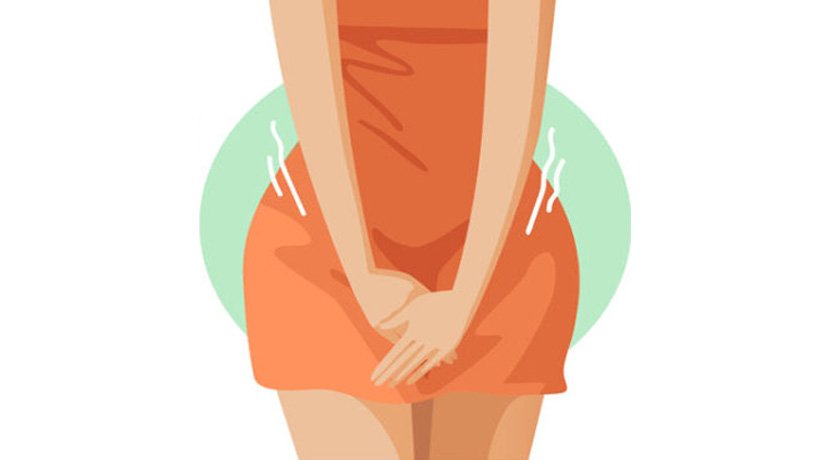
Vaginal Bleeding After Menopause, Causes And Treatments.
It’s natural to have concerns after experiencing vaginal bleeding after menopause. What could be the cause? Is it something serious? Fortunately, there are many treatments available to help resolve the issue.
In this blog post, we will discuss some of the most common causes of vaginal bleeding after menopause, as well as risk factors and treatment options. We hope you find this information helpful and reassuring.
The Causes of Vaginal Bleeding After Menopause:
Many times, the cause is benign and can be treated easily. However, it’s important to see a doctor if you experience any vaginal bleeding, as it could be a sign of a more serious issue. The most common causes of vaginal bleeding after menopause are:
1. Hormone fluctuations: Hormonal changes can cause the uterine lining to become thin and fragile, which can lead to spotting or light bleeding.
2. Imbalanced estrogen levels: When estrogen levels become imbalanced, it can cause the uterine lining to thin and bleed easily.
3. Infections: A variety of infections, such as bacterial vaginosis or yeast infections, can cause inflammation and spotting or bleeding.
4. Benign growths: Non-cancerous growths, such as polyps or fibroids, can sometimes cause bleeding after menopause.
5. Stress: Though it may seem like an unlikely cause, stress can actually lead to Vaginal Bleeding After Menopause (VBAF).
6. Atrophic Vaginitis. Atrophic Vaginitis is a condition in which the Vagina becomes inflamed and irritated due to a lack of Estrogen.
7. Cancer: Although rare, cancers of the uterus, cervix, or ovaries can cause vaginal bleeding after menopause.
If you are experiencing vaginal bleeding after menopause, it’s important to see a doctor for a proper diagnosis. Only a healthcare professional can determine the root cause of the issue and recommend appropriate treatment.

If you are experiencing vaginal bleeding after menopause, talk to your doctor for a proper diagnosis.
Risks Factors:
Some of the most common risk factors for vaginal bleeding after menopause include:
- Having surgery on your uterus, such as a hysterectomy.
- Smoking cigarettes.
- Using estrogen therapy.
- Being obese.
- Having a history of pelvic infection.
- Having a history of cancer.
By understanding these risk factors, you may be able to take steps to reduce your risk of experiencing this problem.
Treatment Options:
There are many different treatment options available for vaginal bleeding after menopause. Depending on the cause, your doctor may recommend one or more of the following treatments:
1. Hormone therapy: If hormone fluctuations are the cause of the bleeding, hormone therapy may be recommended to help regulate the hormones.
2. Antibiotics: If an infection is causing the bleeding, antibiotics may be prescribed to clear up the infection.
3. Hormone therapy and antibiotics: In some cases, hormone therapy and antibiotics may be prescribed together to treat the cause of the bleeding.
4. Surgery: If a non-cancerous growth is causing the bleeding, surgery may be recommended to remove the growth.
5. Radiation therapy: If cancer is the cause of the bleeding, radiation therapy may be recommended to shrink or destroy the tumor.
It’s important to remember that every woman’s situation is different, and not all of these treatment options will be right for everyone. Talk to your doctor about which treatments are best for you.
Don’t Panic!
Vaginal bleeding after menopause can be frightening, but it is usually not a sign of something serious. There are many treatment options available to help resolve the issue. We hope this information was helpful and reassuring.
Dr James S Pendergraft | Orlando Women’s Center | Abortion Pill Clinic | Articles On Abortion


Leave a Reply